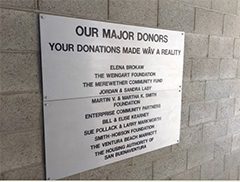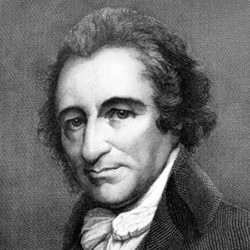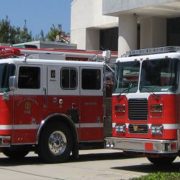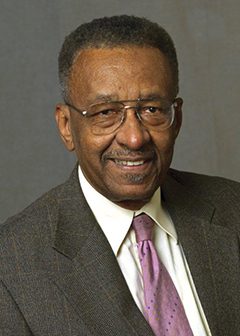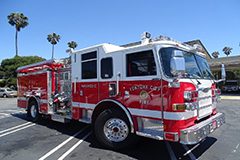Ventura City Council Ignores Practical Issues. Instead Focuses On Trivial Matters.

“The office of Government is not to confer happiness,
but to give men opportunity to work out happiness for themselves”
—William Ellery Channing, 1780-1842
VENTURA CITY COUNCIL– CREATING A BIOSWALE BY THE SEA
[WILL SOMEONE GIVE US $400,000,000?]
Our City Council has many practical and immediate things with which to be concerned, but with so many planners they are not known to miss an opportunity to “visualize”. The latest project is to direct city staff to prepare a corridor down California Street and across Highway 101 – to connect the City and the beach.

Capping Highway 101 occupies Ventura’s City Council.
The City Council’s “design team” envisions a project of “covering or ‘capping’ the freeway to connect the downtown area with the promenade along the ocean. Here it is in their words.
“Due to the lack of connection to the beach area for so many years, development has been limited to one parking structure, one hotel and a bunch of parking lots adjacent to an un-activated waterfront promenade.
In attempt to correct the lack of historical vision for the use of this area the design team has studied the possibilities of extending the current city grid all the way to the beach, thus taking the ‘urban experience’ from the foothills to the shore and also capitalizing on opportunities to improve connections with the natural environment. With the potential relocation of the existing parking structure and removing cars, from parking lots with ocean views to new on-street parking, the development potential of the beach front could be dramatically increased. With a reconsideration of current beach-wall and storm water drainage strategies, new development could create beach-friendly dune-based bios wales to soften the transition from building edge to natural beach and also naturally treat storm water.”
“If we don’t dream, we’ll never get there.”
—Jeff Lambert, Ventura Community Development Director
Click here to see the plans and artists rendition.
A CITIZEN’S VIEW ABOUT THE CITY COUNCIL’S PLAN
[How About a Monorail?]
Forgive me for my simple approach to a very complex project but let me get this straight.

City Council fixates on connecting the beach to downtown.
The major reasons to covering the 101 freeway, is connecting the beach community to the downtown and making Ventura more pedestrian friendly. Estimated costs are in the neighborhood of $400 million. I am told that Ventura is going to “lobby” the state to find funding for this project. When you talk about funding, state, Federal, county or city, you are talking about yours and my “wallet”. Just because it is State or Federal funds does not change the fact that it is not “free money”, and it is yours.
Then balance a $400 million project with the benefits. How long will it take to generate $400 million in NEW (tourist, sales tax, etc.) revenue to cover the costs? Other than the Crown Plaza and downtown merchants, does the harbor, Pierpont, midtown or east end really benefit? Does the state even have the funding to build this project? We understand that limited city resources have gone into this project and Southern California Association of Governments funded a $160,000 study but once this is spent, the community will continue to feel committed to continue this project.
So, how many more resources and money will continue to be committed? Will it really be a tourism draw or just another “feel good” pipe dream that someone wants to place their name on a dedication plaque? Will it become another “beautiful downtown golden mall” project that Burbank built in the 60s and demolished 22 years later?
If you really want to be a visionary, build a monorail from the Harbor to Pierpont to downtown. Improve the transportation over a much larger area, become a tourist attraction, generate new permanent jobs and save millions in the process. Just look at Seattle. Built in 1962, the monorail draws over 2 million riders a year. Truly, if you want to spend millions, bring in something that will cover a much wider area of Ventura, something that will attract visitors and something that will add jobs.
THE BLUE BELCH
[THE DOG POLICE STRIKE –WHERE ARE YOUR PAPERS ?]
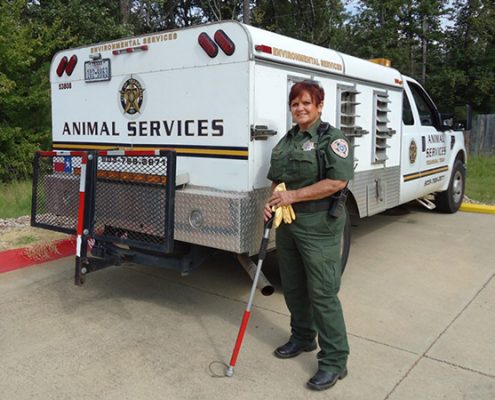
Ventura City Council is more concerned with dog licenses than it is with fixing roads.
A local radio station, AM 1520, recently went on the air concerning the subject of “chickens, Planning Commission and the City Council”. During the program a Ventura citizen called in to report his animal experience. The report is noted below. The folks at Ventura Animal Control earn the coveted BLUE BELCH AWARD from VREG.
The caller reported that the dog police knocked on his door early Sunday morning and demanded to see a license and rabies vaccine papers for his pooch. The dog owner was shocked and taken by surprise. So he allowed the official to come inside and see the papers. As it turned out, the dog owner had the rabies vaccine papers but not a license and he bought one on the spot. The dog owner did not say that the enforcement officer advised him of his 4th amendment rights. When the officer left the home, the dog owner said “You know, this reminds me of pre-war Germany, people knocking on doors and demanding papers”.
Editors’ Comments
To state the proposition that our City might find a stray $400,000,000 from a bankrupt state government is to demonstrate its absurdity.
Editors:
R. Alviani K. Corse T. Cook
J. Tingstrom R. McCord S. Doll
For more information like this, subscribe to our newsletter, Res Publica. Click here to enter your name and email address.










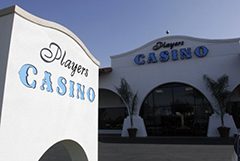

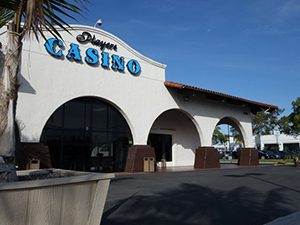



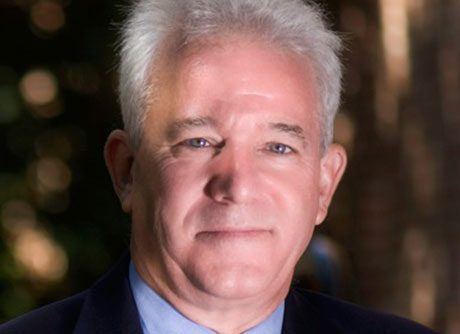







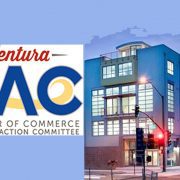
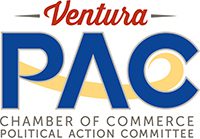 The Political Action Committee (PAC) of the Ventura Chamber of Commerce will present a candidates forum to the citizens of Ventura, at the Marriott Beach Hotel, located at 2055 East Harbor Boulevard, Ventura, commencing at 7 P.M.
The Political Action Committee (PAC) of the Ventura Chamber of Commerce will present a candidates forum to the citizens of Ventura, at the Marriott Beach Hotel, located at 2055 East Harbor Boulevard, Ventura, commencing at 7 P.M.

